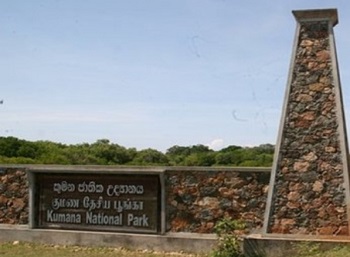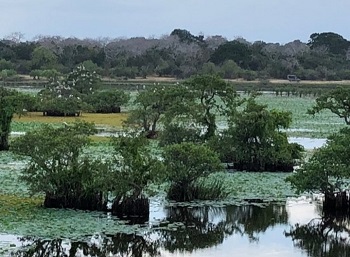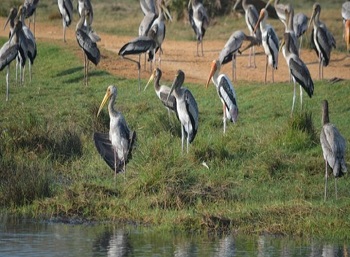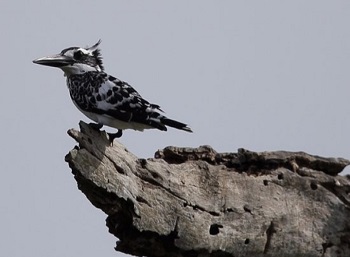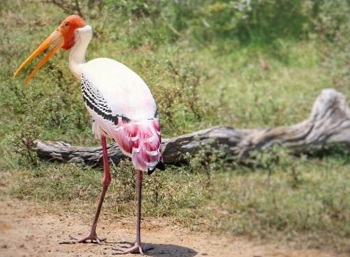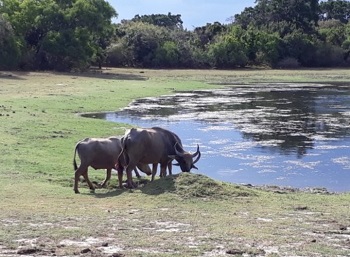Kumana National Park or Kumana Bird Sanctuary is a separated national park from the Yala or Ruhuna National Park but joined to Yala on the west side by the Block 2 SNR. The park lies on the southeast coast in the Eastern province of Sri LankaThe entrance to the park is at Panama, Okanda. Before enter to there visit ancitent Okanda temple where situated very close to the main entrance.The Kumana Bird Sanctuary established in 1938, is part of the Kumana National Park and is one of the most important nesting and breeding grounds for birds in Sri Lanka. Of the countrys 400 bird species, the Kumana Bird Sanctuary is known to have recorded 255 species of birds.
The vegetation of the park is mainly tropical dry zone forest covers an area of 35,665 hectares with the western boundary bordered by the Kumbukkan Oya and to the south is the coastal stretch that runs to Panama.The parks extensive bird life thrives on a massive 200 hectare natural mangrove swamp, the Kumana Villu and plenty of tanks and lagoons scattered around the park where thousands of birds nest and breedThe biodiversity of Kumana is spectacular as almost half of Sri Lankas bird species are found here. The Kumana National Park also serves as a feeding and resting ground for more than 35 species of migratory aquatic bird species. During the migrant season from about November to March, many ducks, waders and other water birds come in their thousands as do many other species.
Here you could easyly spot migrants including Garganey, Black-tailed Godwits, Kentish Plovers, Lesser Sand Plovers, Common Redshanks, Golden Plovers, Marsh Sandpipers, Wood Sandpipers, Common Sandpipers, Blue tailed Bee eaters, Indian Paradise Flycatcher. Apart from the migrants, Great Thick-knee, Stork-billed Kingfisher, Brown Fish Owl, Grey-bellied Cuckoo, Common Kestrel and endangered species such as the Lesser Adjutant (in breeding) and Black-necked Stork. The very rare Black Necked Stork has also been spotted at the swampThere are herds of wild elephants, Buffalo, Golden Jackal, Ruddy Mongoose, Crocodile, Spotted Deers and Sambur Deers, leopards
Kumana National Park
